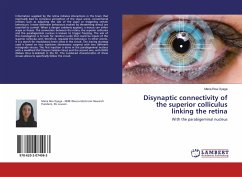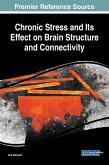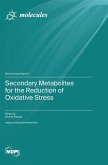Information supplied by the retina initiates interactions in the brain that eventually lead to conscious perception of the visual scene, conventional reflexes such as adjusting the size of the pupil or triggering certain behaviours. Innate defensive behaviours evoked by threatening stimuli are essential to survival. When a danger suddenly appears, a mouse can either scape or freeze. The connection between the retina, the superior colliculus and the parabigeminal nucleus is known to trigger freezing. The aim of this investigation is to look for cerebral nuclei that could be inputs of the superior colliculus and, therefore, regulate this behaviour. In other words, it is a search for modulatory brain areas in the circuit. The tracing strategy used is based on two injections (stereotaxic surgery) with two different retrograde viruses. The first injection is done in the parabigeminal nucleus with a modified HSV (Herpes Simplex Virus) and the second one, with RVdG (Rabies Virus G-deleted) in the SC. The combined characteristics of these viruses allows to specifically follow the circuit.








